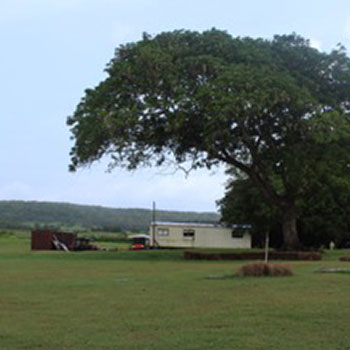We use cookies on this site to enhance your experience.
By selecting “Accept” and continuing to use this website, you consent to the use of cookies.

Aug. 25, 2016
By: Madeline McInnis
On June 2, 2016, I visited Hacienda La Esperanza as part of a field course to Puerto Rico through Wilfrid Laurier University in Waterloo, Canada. We started with a small lecture under an old tree. It was a great overview of the history of the economy in the island and, more specifically, how it relates to the plantation. This information is necessary to understand the rest of the tour. Here you can take in the views of the land, from the mountains and hills to the ocean breeze, and from the architecture to the protected trees.
Next, it’s on to the steam engine, which was used by the slaves to extract the liquid sugar from the cane. The engine is completely restored, making it possible to see it at work during the tour. Our group was particularly impressed by how quietly it ran. The guide, Jose, explained the conditions of the unique machine and how it came to rest on the land, when it stopped, and why. He also explained the use of slaves in the plantation and their conditions in the building. This is a must-see for anyone stopping by the Hacienda.
From there, we walked past the remains of the Jamaican train and into another building where the process of sugar production was further explained. Jose showed the group examples of different kinds of sugar and molasses, comparable to what would have been made at La Esperanza. This building is also a great place to take some indoor photos as it is flooded with open space and natural light.
The final stop on our tour was the house of the Marques of La Esperanza, restored and renovated to be functional in the 21st Century. The views from here were spectacular and it was easy to understand the sophistication of the plantation, the amount of thought it took to design,and the hierarchy of the people. In the second level of the house, you can also find the collection of machetes from the Caribbean, which is both haunting and impressive. A list of the slaves’ grievances can also be found in Spanish, but Jose was happy to translate to English for our group. This was a great conclusion to the tour, as it wrapped in all of the themes: slavery, capitalism, production, and its decline on the plantation.